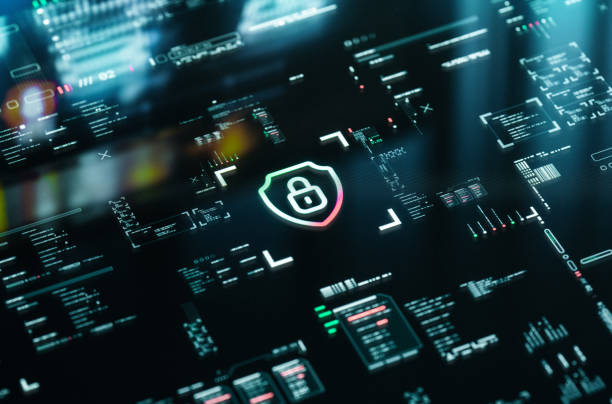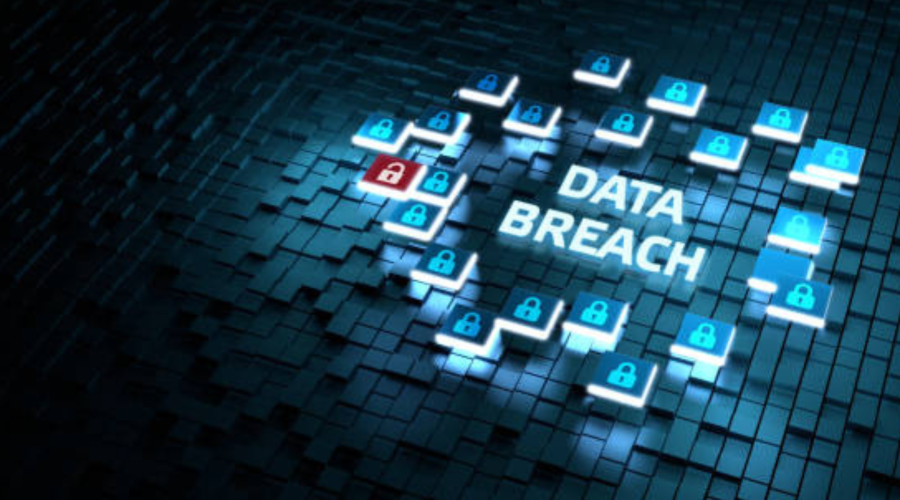Digital Forensics for Data Breaches: Identifying and Containing Threats
Data breaches are a growing concern for businesses and organizations of all sizes. When a breach occurs, it is essential to respond quickly and effectively to minimize the damage. Digital forensics plays a critical role in identifying and containing threats after a data breach.
WHAT IS DIGITAL FORENSICS?
Digital forensics is the process of collecting, analyzing, and preserving digital evidence to investigate cybercrimes, including data breaches. Digital forensics experts use specialized tools and techniques to examine digital devices, networks, and systems to reconstruct events and identify potential security threats.
IMPORTANCE OF DIGITAL FORENSICS IN DATA BREACHES
Digital forensics is essential in data breaches because it helps:
- Identify the source and scope of the breach
- Determine the type of data stolen or compromised
- Develop a plan to contain and mitigate the threat
- Conduct a thorough investigation to identify vulnerabilities
- Provide evidence for legal action

DIGITAL FORENSICS PROCESS
The digital forensics process includes:
1. Collection: Gathering digital evidence from devices, networks, and systems.
Imagine a company’s laptop is stolen, and they need to investigate if any sensitive data was accessed. Digital forensics experts would collect the laptop’s hard drive, memory cards, and any other relevant devices to gather evidence.
2. Examination: Analyzing digital evidence using specialized tools and techniques.
Experts would use special software to examine the laptop’s hard drive, searching for signs of unauthorized access or data theft. They might find suspicious login attempts or files that were accessed without permission.
3. Analysis: Interpreting findings and identifying potential security threats.
After examining the evidence, experts would analyze their findings to determine what happened. They might discover that the thief tried to access sensitive files but was unsuccessful due to strong passwords.
4. Reporting: Presenting findings and recommendations to stakeholders.
The experts would create a report detailing their findings and recommendations to improve security. They might suggest stronger password policies or encryption to protect sensitive data.
5. Preservation: Preserving digital evidence for future reference or legal action.
The collected evidence would be stored securely, in case it’s needed for future investigations or legal proceedings. This ensures that the evidence is preserved in its original state, without any tampering or alterations.
These steps help investigators piece together what happened during a security incident, identify vulnerabilities, and provide recommendations to prevent future breaches.
TOOLS AND TECHNIQUES USED IN DIGITAL FORENSICS
Digital forensics experts use various tools and techniques, including:
- Forensic imaging tools
- Data recovery software
- Network analysis tools
- Malware analysis tools
- Encryption tools
BENEFITS OF DIGITAL FORENSICS IN DATA BREACHES
Digital forensics offers several benefits in data breaches, including:
- Quick identification and containment of threats
- Minimization of damage and downtime
- Improved incident response
- Enhanced security measures
- Evidence for legal action

Digital forensics is a critical component of data breach response. Ready to learn more about digital forensics and how it can help your organization respond to data breaches?
Join eStreet Security University and gain the skills and knowledge you need to succeed in digital forensics. Our comprehensive courses and training programs cover everything from the basics of digital forensics to advanced topics like data breach response and incident management. Sign up now and take the first step towards a rewarding career in digital forensics!



